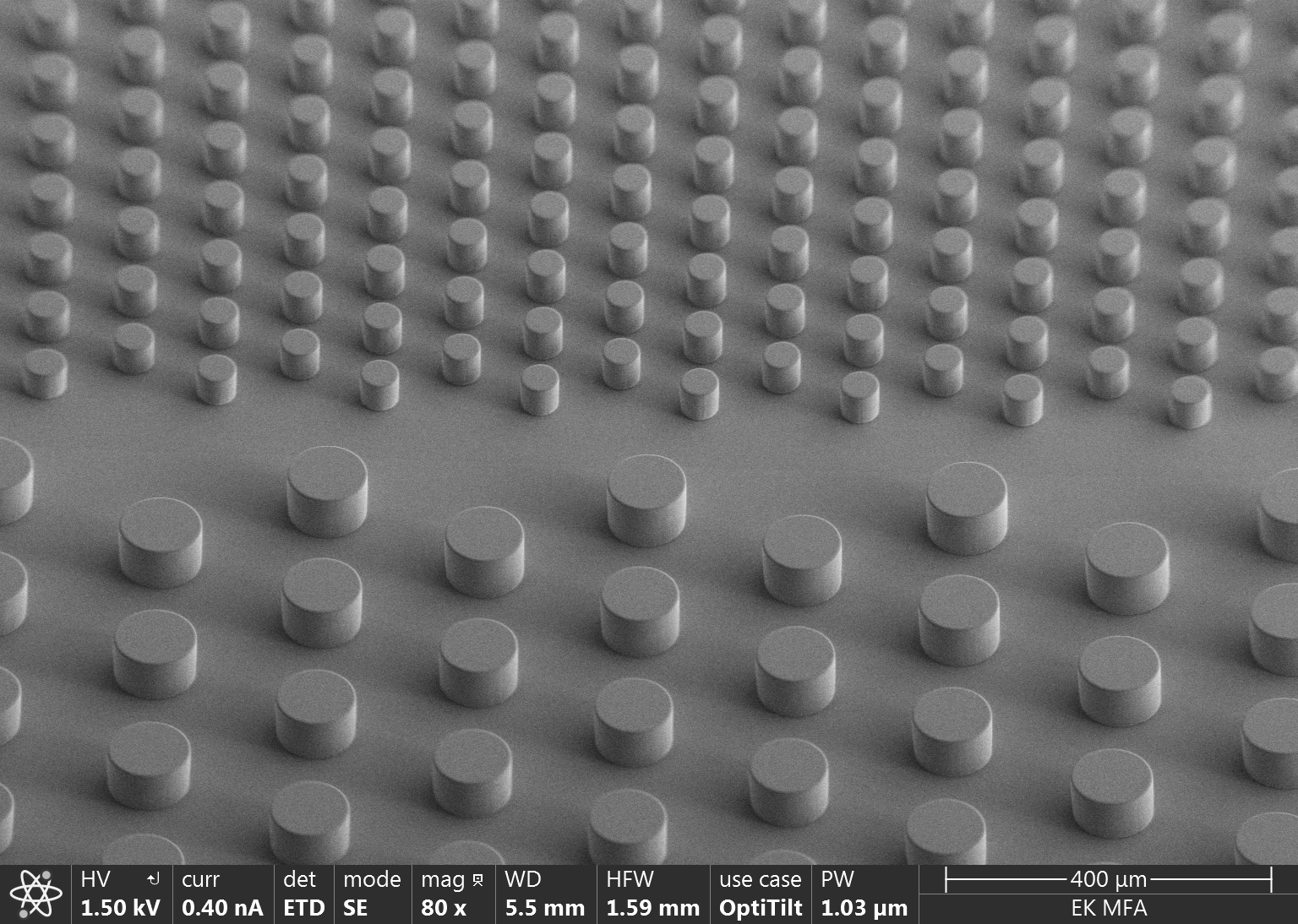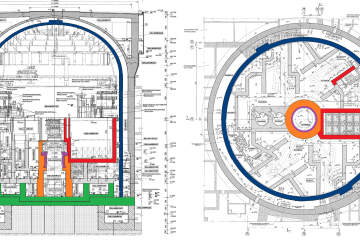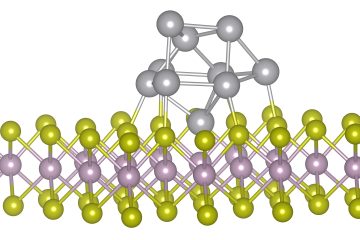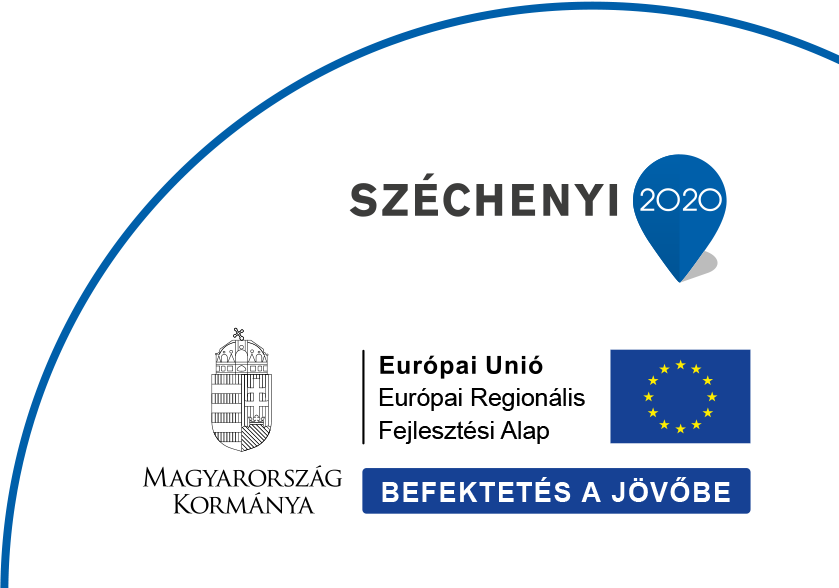The project titled „Application of chip-technology for improvement efficiency of human in-vitro fertilisation” (GINOP-2.3.2-15-2016-00021) and leaded by University of Pécs (PTE) was finished officially. The main goal of the project was to increase the success rate of artificial insemination (in vitro fertilisation) by the initiation of a novel analytical diagnostic solution.
The most prosperous embryo is selected by microscopic analysis until the birth of the first „test-tube baby”. The medical science has been aiming at improving the optical method and increasing the 30% success rate for decades. The culture media analysis has been applied for 5 years at the special laboratories of University of Pécs.
„Our goal was to determine specific biomarkers characterising the healthy embryos, and being able to predict the successful and healthy pregnancy. Based on our results the embryos can be classified by analysis of the presence and concentration of the targeted biomarkers. The aim was to prove the applicability of the developed Lab-on-a-Chip method for prognostication the embedding and viability of the embryo.” – as the main direction of the research was highlighted by Prof. Dr. Gábor L. Kovács, member of Hungarian Academy of Sciences, chair of the PTE Szentágothai János Research Centre, the scientific coordinator of the project.

Prof. Dr. Gábor L. Kovács, the scientific coordinator of the project
The project was implemented in cooperation of PTE Szentágothai János Research Centre, and 8 clinics/institute of 3 departments of the University of Pécs. Further cooperative partners were also the 77 Elektronika Ltd, the ELRN Centre for Energy Research (EK MFA Microsystems Laboratory), Budapest University of Technology and Economics (BME SZAKT) and the Semmelweis University (SE OVI). More than 100 professionals were participated in the completion of the project.
„Front-rank professionals were involved in the project having experience in fabrication of microchips and nanostructures. We are continuously miniaturise the device and simplify the method. The ultimate goal is to be able to indicate the probable winner embryo for become a baby – utilysing the information hidden in a drop of cell culture media and revealed by chip technology based device.” – as Prof. Dr. Gábor L. Kovács referred.
Precise and fast Point-of-Care (PoC) monitoring of marker molecules in body fluids or cell culture media could be crucial in effective diagnostics. Due to the specific microtechnology processes the cost-effective, complex but miniaturised analytical systems, such as Lab-on-a-Chip (LoC) and microfluidic devices have become available. In the project an autonomous microfluidic system was designed and manufactured by the Microsystems Laboratory of ELKH EK for transporting IVF culture media by precisely controlled sample rate. The material composition and the geometry of the pre-industrial / laboratory stage cartridge was optimised to the specific application according to the required sample flow rate, the optical and mechanical properties.

The autonomous microfluidic cartridge proposed for transport culture media applied in human in-vitro fertilisation

microstructure of the autonomous microfluidic cartridge (SEM image).
During the project a specific chip-diagnostic equipment was developed for supporting the successful classification of the embryonic viability. This cooperative research supported the establishment of the National Laboratory for Human Reproduction at PTE and assured the further improvement of the scientific and innovative results towards commercialisation.
Project title: Application of chip-technology for improvement efficiency of human in-vitro fertilisation
Call: GINOP-2.3.2-15 Strategic R&D Center of Excellence




